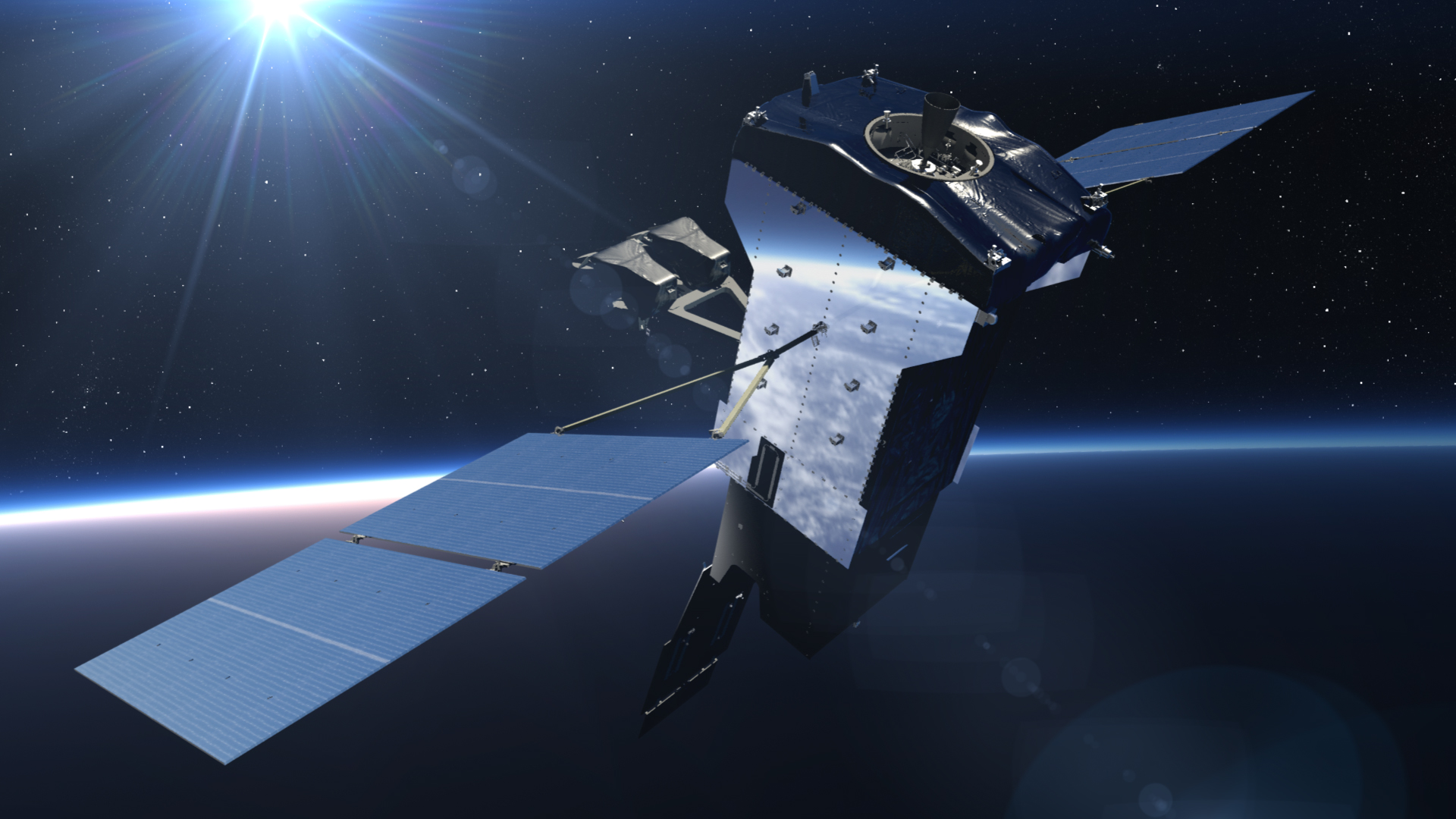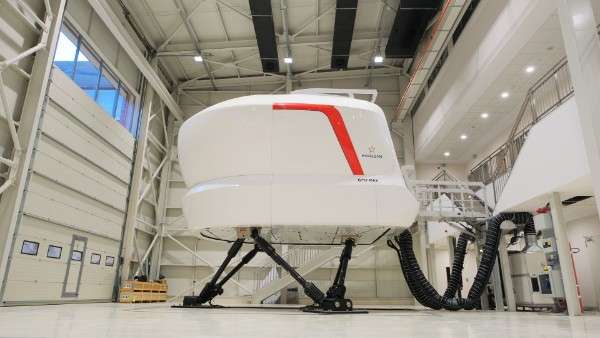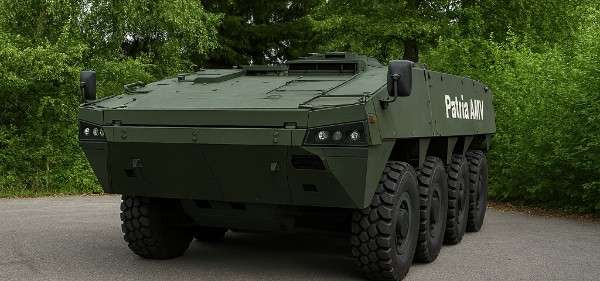American defense contractor, Raytheon, has delivered the missile warning sensor to Lockheed Martin to keep the U.S. Space Force Space Systems Command’s first Next-Generation Overhead Persistent Infrared, or Next-Gen OPIR, Geosynchronous Earth Orbit (GEO) Block 0 missile warning satellite on track for a 2025 initial launch capability. Before supplying this missile warning sensor to Lockheed Martin, RTX’s Raytheon conducted several assessment tests, including thermal vacuum testing.
“Persistent early warning of missile threats is critical to our national security,” said Sandy Brown, vice president for Mission Solutions & Payloads for Raytheon. “Our payloads offer early, resilient warning against increasingly challenging ballistic threats from adversaries.”
Another American defense contractor, Lockheed Martin, is building two Geosynchronous Earth Orbit (GEO) satellites for the U.S. Space Force, and Raytheon is manufacturing missile warning sensors for both satellites. These satellites provide continuous coverage over mid-latitudes to the existing constellation.












